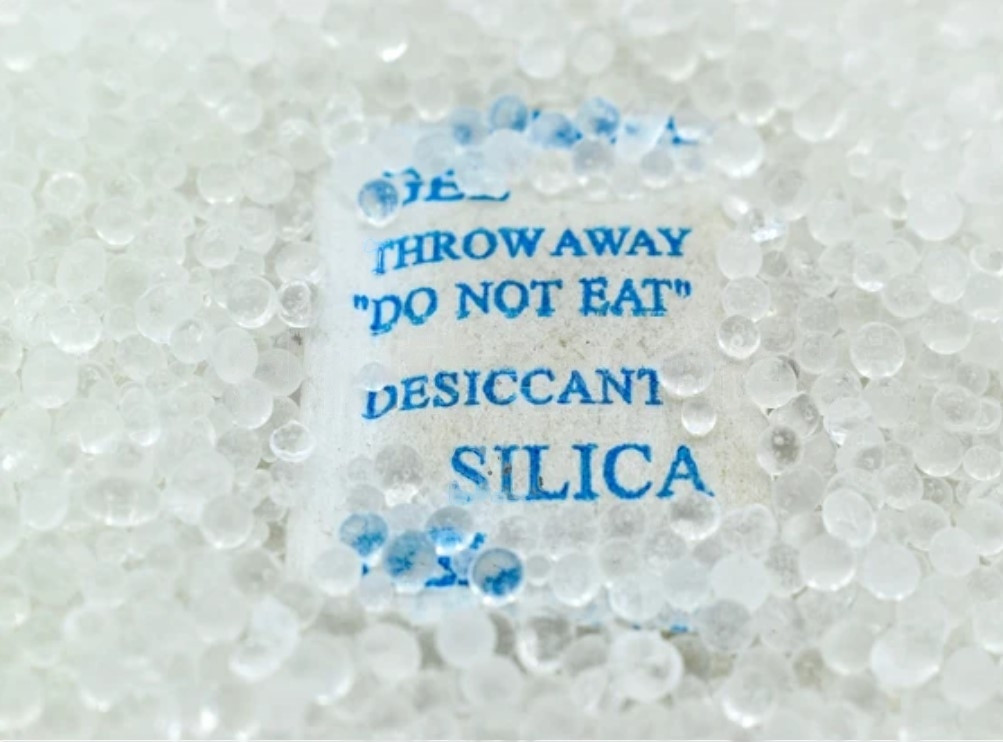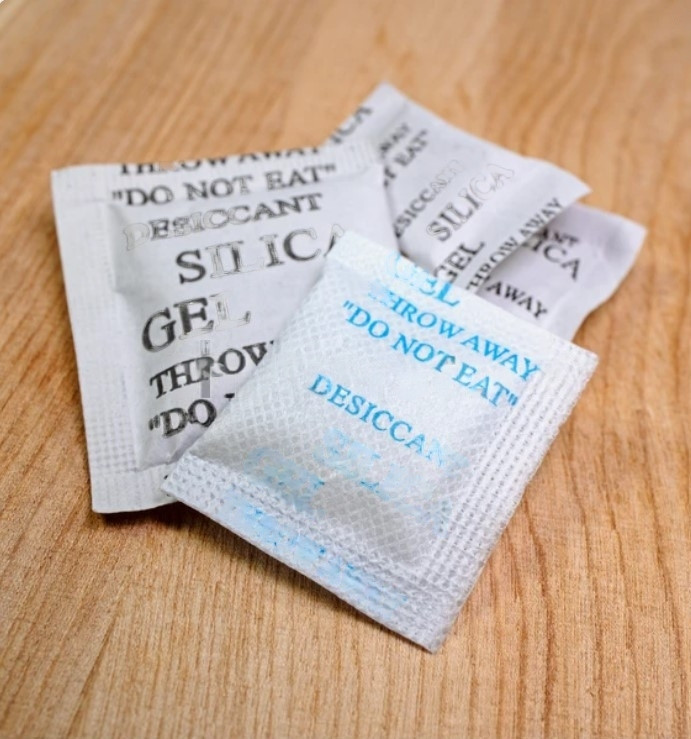In the realm of preserving freshness and preventing moisture damage, silica gel packs play a crucial role. These tiny packets, often found in various products and packages, are more than just small beads; they're powerful desiccants capable of absorbing moisture to maintain product quality. However, while silica gel packs offer numerous benefits, there are important considerations regarding their use, safety, and what happens if they're ingested.

Understanding Silica Gel Packs
Silica gel packs are desiccants made from silicon dioxide, a naturally occurring mineral. They are renowned for their ability to absorb moisture, making them invaluable in controlling humidity and preventing spoilage in a wide range of products, from electronics to food items.
Uses of Silica Gel Packs
- Moisture Control: Silica gel packs are commonly used to absorb excess moisture in sealed packages, preventing mold, mildew, and corrosion.
- Preservation: They help extend the shelf life of various products by maintaining their freshness and quality.
- Protection of Electronics: Silica gel packs are often included in electronic devices and components to prevent moisture damage during storage and transportation.
- Protecting Valuables: They are utilized in storage containers for documents, photos, and other valuables to safeguard against moisture-related damage.
Safety Considerations
While silica gel packs are generally safe to handle, there are important safety considerations to keep in mind:
- Do Not Ingest: Silica gel packs are not edible. Ingesting them can lead to health complications and should be avoided at all costs.
- Keep Away from Children and Pets: Silica gel packs pose a choking hazard to children and pets. Keep them out of reach and dispose of used packs properly.
- Avoid Contact with Eyes and Skin: Direct contact with silica gel can cause irritation. If contact occurs, rinse the affected area with water.
- Do Not Reuse Damaged Packs: Damaged silica gel packs may leak silica beads, which can be harmful if ingested or inhaled. Dispose of damaged packs properly.
What Happens if You Eat Silica Gel
Despite their "Do Not Eat" warnings, accidents can happen, and silica gel packs may be ingested accidentally or intentionally. Here's what you need to know:
- Non-Toxicity: Most silica gel packs are non-toxic, meaning they are not inherently harmful if ingested in small quantities. The main concern is the potential choking hazard posed by the pack itself.
- Gastrointestinal Irritation: Ingesting silica gel packs can cause irritation to the gastrointestinal tract, leading to symptoms such as nausea, vomiting, and abdominal discomfort.
- Potential Blockage: In rare cases, swallowing a large amount of silica gel or its packaging material can lead to gastrointestinal blockage, which may require medical intervention.
- Silica Poisoning: While silica gel itself is non-toxic, some desiccant packets may contain additives or indicators that could be harmful if ingested in large quantities. If you suspect silica gel poisoning, seek medical attention immediately.
Conclusion
Silica gel packs are invaluable tools for moisture control and product preservation. However, it's essential to handle them with care, avoid ingestion, and keep them away from children and pets. In the event of accidental ingestion, monitor for symptoms and seek medical attention if necessary. By understanding the uses, safety considerations, and potential risks associated with silica gel packs, you can ensure their effective and safe use in various applications.




